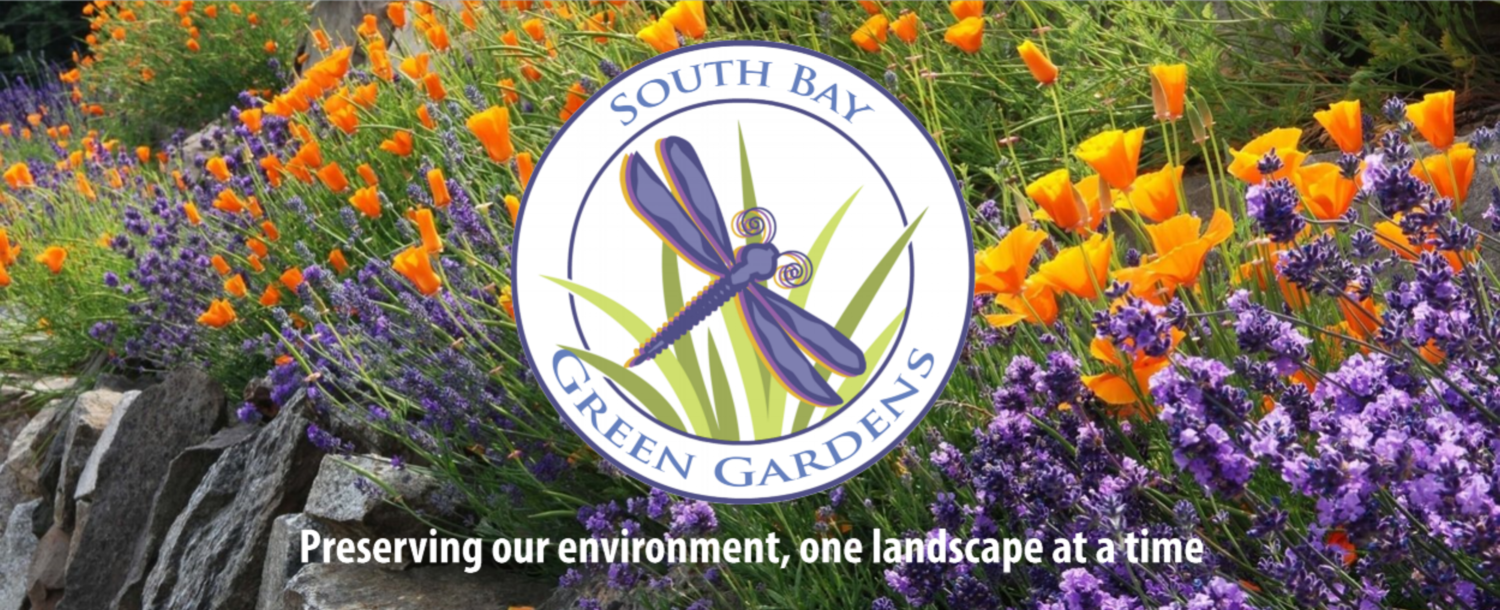Not convinced that the negative impacts from increasing global average temperatures can be addressed in your own back yard? Think again. If you have even a small plot of soil, you have an opportunity to make a positive difference in the overall level of Greenhouse Gasses (GHGs) in the atmosphere. A quick review of GHGs will help make it clear how their relationship with soil is one key to battling climate change.
Greenhouse Gasses absorb and emit radiant energy within the thermal infrared range, otherwise referred to as heat. Heat is a form of light invisible to our eyes, but detectable with our skin. GHGs cause the greenhouse effect, trapping radiant energy inside the Earth’s atmosphere, just like they do inside a green house! GHGs such as carbon dioxide, methane, nitrous oxide and ozone are of primary concern. The largest source of carbon dioxide emissions from human activities in the United States is from burning fossil fuels for electricity, heat, and transportation. But some agricultural practices also contribute to problems with GHGs. Nearly one-third of the world’s soils are degraded by poor farming practices, industry and urbanization. Keep in mind, not all carbon is bad!
Carbon is essential for soil fertility and agriculture. Plants use photosynthesis to convert light energy into simple carbohydrates (glucose) from carbon dioxide and water. Oxygen is also formed in this process and released by plants back into the atmosphere while circulating carbon dioxide from the air to soils; yay fresh air! Decomposing plants, bacteria, fungi and critters like worms, release organic matter and nutrients for plant growth. Decomposition of organic debris provides soil structure, making it resilient to erosion and increasing water holding and soil organic carbon storage capacity. Ideally, organic matter accounts for at least five per cent of the mass of soil near the surface, also called topsoil. Depending on the type of soil (sandy, clay, loam, etc.), it can contain two to three times more carbon than the atmosphere! Essentially, soil acts as a carbon sink or pool, capturing it from the atmosphere and storing it for long periods of time.
According to the Nature Conservancy, protecting peatlands is a top priority for keeping existing carbon in the ground because they contain between 32% - 46% of all soil carbon. Diversified plantings of layered forests that allow for natural competition not only increases growth rates but reduces the heat island effect, thereby helping to reduce overall temperatures and curb the greenhouse effect. Improvements in soil carbon protection or sequestration also divert excess carbon dioxide in the air from being stored in the ocean where it increases ocean acidification.
Individuals can promote carbon uptake from the atmosphere into the soil through proven techniques such as cover cropping, using soil amendments such as mulch, straw, and compost, and minimizing tillage (soil turning) practices. You can do this yourself at home by installing a compost bin, or you can amend your soil with local compost. Check out the South Bay Green Gardens Events page for upcoming classes or connect with your City to find out if they hold compost giveaways!

